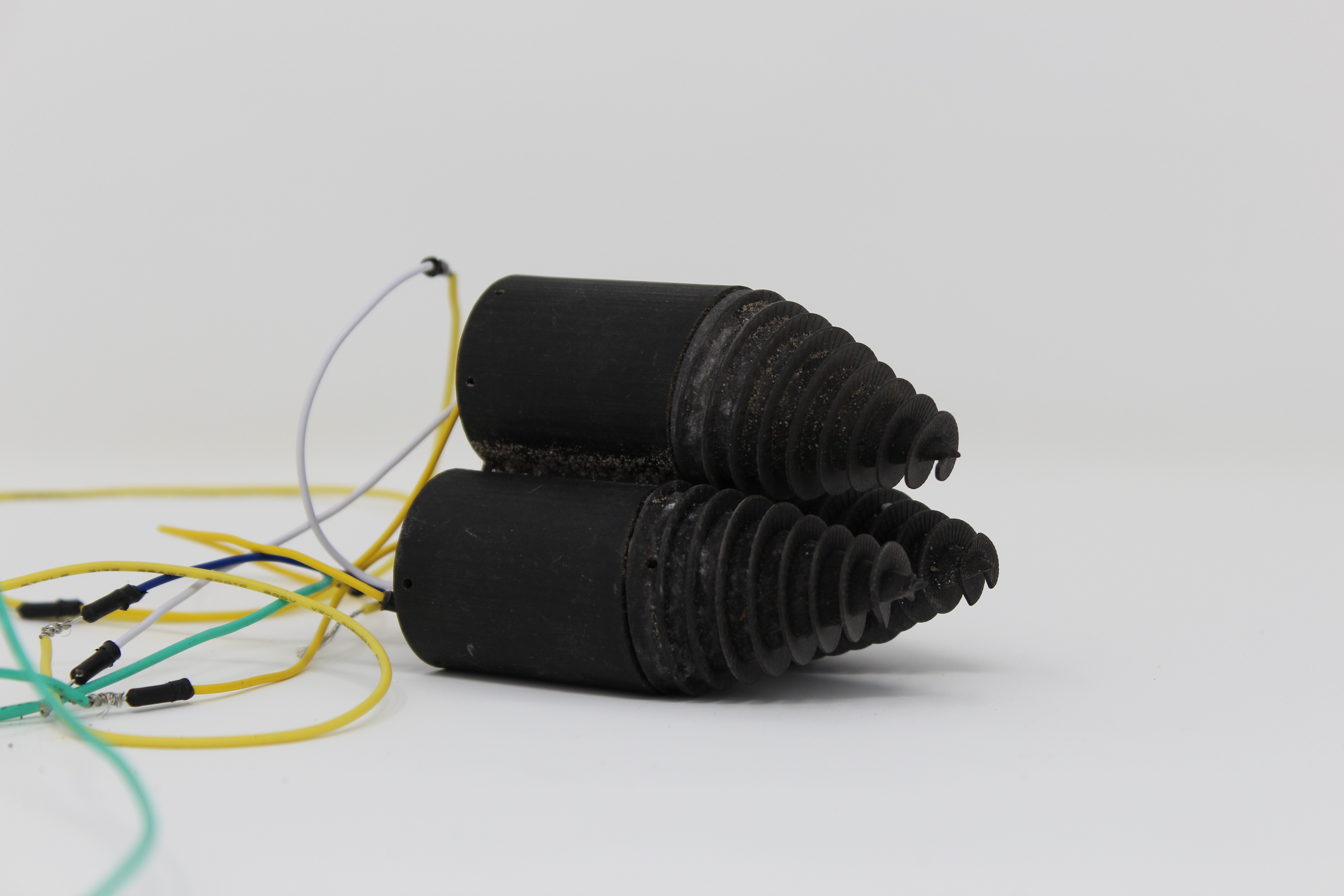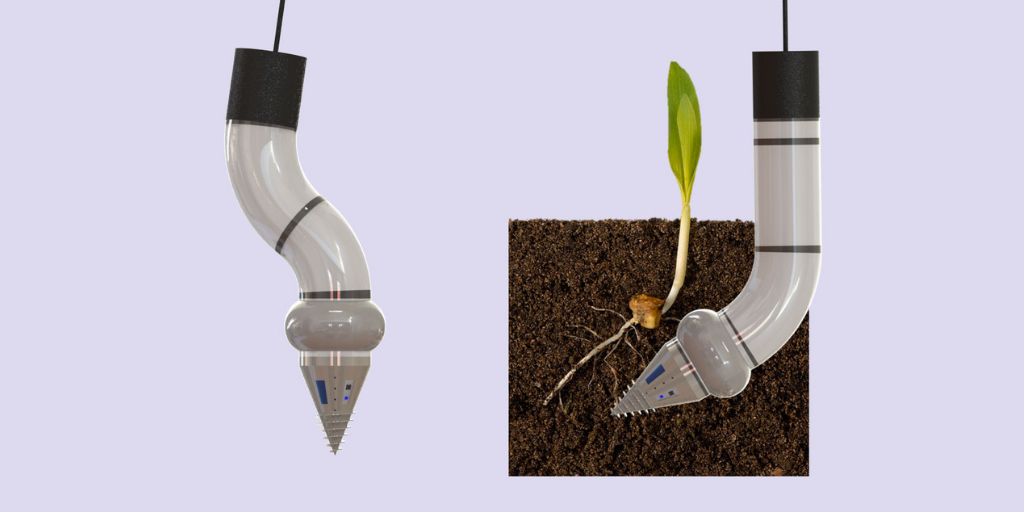Though the foundational components of plant life are understood, much of what happens below the soil remains obscure. Cornell University has initiated the development of a project to connect more dots regarding how roots engage with soil, by creating a wormlike robotic tool. Aiming to explore root interactions with soil, the robot concept offers great potential for plant growth data collection in a new way.
The project
Crop scientists from Cornell University have received two separate three-year grants for the further development of wormy, soil-swimming robots that will generate insights on maize growth. Principal investigators for the project are Dr. Taryn Bauerle of the School of Integrative Plant Science, and Dr. Robert Shepherd of the Sibley School of Mechanical and Aerospace Engineering. The project aims to improve crop breeding and soil management, both of which greatly affect food productivity and security. In a time where food insecurity remains an ever-present threat to global health, understanding more about how plants grow by looking underground can be another tool in humanity’s toolkit.

When interviewed on AgWeb’s podcast AgriTalk, Dr. Bowerly expressed that the research team hopes to provide a tool for farmers to understand what better crops might be suitable to plant. “In the end we want to boost [crop] productivity and yield, that’s really what we’re striving for,” she said. Beyond the agriculture sector, Dr. Shepherd offered that this type of robot would be applicable in contexts other than farmland, like in under-sea and extraterrestrial soil conditions.
Biomimicry
Biomimicry is a design approach that looks to existing natural structures for technological innovation, like the peristaltic motion conceived of for the soil robot “worms”. This means looking to nature, instead of framing research around an assumption that new strategies and technologies must be forged in a vacuum of human imagination. Emulating what already exists (and works) in the world, biomimicry promotes design that prioritizes circularity, sustainability, and regeneration.
‘The next frontier in plant biology’
As co-principal investigator Michael Gore described, the 1 to 2-foot long wormlike robots will allow for new below-ground study, aptly dubbed as the next frontier in plant biology. “By quantifying [these] characteristics, we may then identify relationships with above-ground characteristics,” he said.
The robot emulates the way a worm bores and moves through the ground, while recording properties like soil density, compactness, temperature, and humidity. The incorporation of fiber optic cables would add to the list of obtainable measurements, including direct imaging of roots to measure growth and angles. Excitation and emission wavelengths could also be measured, providing insights into microorganisms and root chemistries. Collecting these data points can open the door to predictive models on grain yield and stress tolerance when correlated with climate information.
Prototyping for the best method for data communication is ongoing, since wireless connections tend to be ineffective in a soil medium. “Transmitting wirelessly underground is an outstanding challenge, so there’s a few ways to do it. There’s infrasound, [which] transmit[s] soundwaves through the soil; distributing antennas throughout the soil when you sow it … and tethered with a wire. We’re going to explore all these options.” Data could also be recorded on the device to be retrieved later.
Initial pursuits for the worm robot is to monitor the root system of one individual plant. In the long view, researchers anticipate moving and documenting down a row of plants to get a more spatial resolution across a field.


